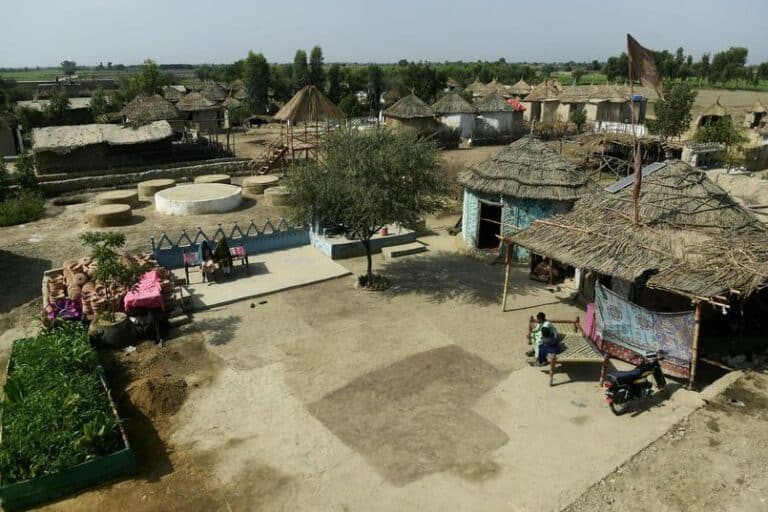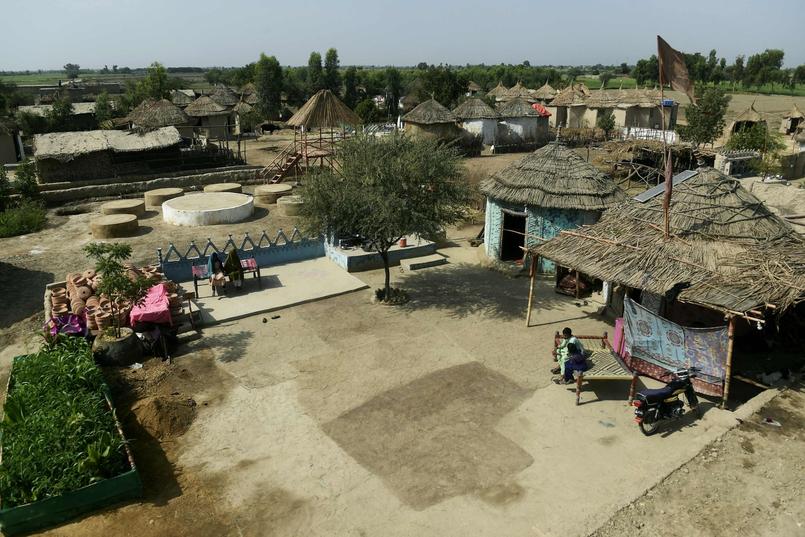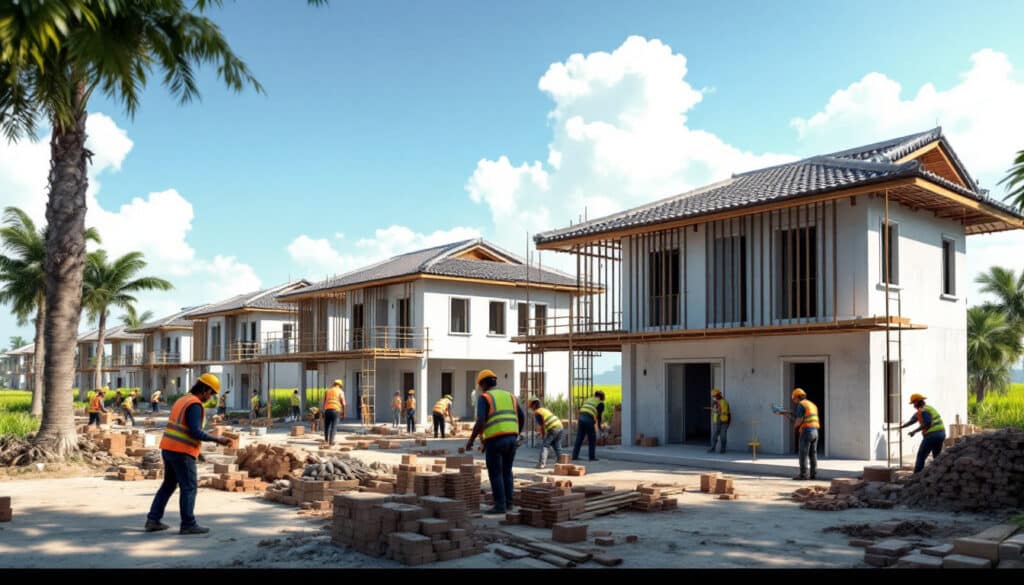The evolution of civil engineering is marked by the successes of countless iconic projects around the world. This field integrates innovation and efficiency in the design and construction of infrastructures. Case studies in civil engineering allow for the analysis of successful projects, highlighting best practices, challenges encountered, and lessons learned. Through a methodical and analytical approach, these studies provide valuable insights for professionals and students seeking to understand the complexities of engineering projects.
By focusing on best practices in civil engineering, these studies demonstrate how rigorous planning, appropriate resource management, and the use of innovative technologies can lead to significant results. They also allow for the exploration of the unique challenges of each project, whether related to financial or environmental constraints. Through these analyses, engineers can adapt their strategies to improve the quality and efficiency of their future work.
Table of Contents
ToggleKey elements of a case study in civil engineering
The writing of a case study in civil engineering requires a structured approach. It is essential to follow certain steps to ensure that the information presented is clear, complete, and analytical. Here are the main components of such a study:
Defining project objectives
One of the first elements to address in any case study is the definition of project objectives. These objectives must be specific, measurable, achievable, realistic, and time-bound (SMART). For example, a study may focus on the construction of a bridge, where the main objective is to reduce transit time for users while adhering to budgetary and environmental constraints.
Stakeholder analysis
Identifying stakeholders is crucial in a case study. This includes all individuals or groups likely to be affected by the project. This can range from policymakers to local communities. Effective communication is necessary to integrate the concerns and interests of everyone, contributing to the project’s sustainability.
Methodology and approach
The chosen methodology for the project has a direct impact on its development. Approaches like Agile and Waterfall are commonly used. Each method has its own advantages, so it is important to explain them in the study. For instance, the Waterfall approach might be preferred in large-scale construction projects for its rigor in sequential steps.

Identification of challenges and solutions
In every project, challenges may arise, leading to delays or budget overruns. An illustrative example is that of an urban renovation project, where challenges such as waste management or community disagreements can compromise the project’s success. Analyzing how these issues were resolved provides valuable insights into project management in engineering.
Measuring outcomes and analysis
Having clear key performance indicators (KPIs) is essential for measuring the results of a project. These data should be compared to the initial objectives to determine the level of success. For example, if the goal was to achieve a customer satisfaction level of 90%, a post-project survey was conducted to assess whether this objective was met.
| Evaluation Criteria | Initial Objective | Final Result | Variance |
|---|---|---|---|
| Meeting deadlines | Yes | Yes | – |
| Sticking to budget | Yes | No | +8% |
| Customer satisfaction | 90% | 85% | -5% |
Illuminating examples of success in civil engineering
Looking at concrete cases of successful initiatives illuminates the path towards better project management in engineering. These examples become references for improving practices within the field.
Iconic projects around the world
The Burj Khalifa in Dubai is often cited as a landmark success in civil engineering. This skyscraper, the tallest in the world, was constructed from complex challenges, particularly those related to structural engineering and sustainability. Thanks to thorough planning and the use of modern technologies like building information modeling (BIM), the Burj Khalifa has become a global architectural symbol, representing excellence in engineering.
Another notable example in case studies in construction is the Second Avenue Subway in New York. This large-scale project illustrates how careful planning and consideration of user needs have allowed for overcoming significant logistical obstacles.

Innovations and cutting-edge technologies
Advancements in the field of civil engineering are often driven by innovation. For example, the use of geopolymer concrete in certain projects represents a shift towards more sustainable materials. This addresses the growing demands of a sector in search of environmentally friendly solutions. Studies show that the adoption of this type of concrete not only enhances sustainability but also improves the performance of structures under various climatic conditions.
The following URLs offer studies and reports on various projects that have embraced these innovations:
- UNM engineers revolutionizing 3D printing
- 3D printing of ice by ERDC scientists
- Analysis of geopolymer concrete
Lessons learned from successful projects
Each case study in civil engineering provides valuable lessons that can inform and guide future generations of engineers. By examining success factors and obstacles, it is possible to outline guidelines on strategies to adopt for project management.
Best practices to adopt
Successful projects in civil engineering highlight the importance of careful planning from the early stages. For example, the necessity of a thorough environmental impact study becomes apparent in every modern project. Organizations that invest time and resources in these studies are better prepared to anticipate criticism and find solutions to minimize complaints.
Another best practice is creating a clearly defined RACI chart. This clarifies the roles and responsibilities of each team member, which is crucial to ensure that the project proceeds smoothly without misunderstandings or communication gaps.
Incorporating feedback
The ability of a project to incorporate post-implementation feedback is vital. This includes surveys conducted after the conclusion of the work to address issues identified throughout the construction. A prime example of feedback incorporation is the London transport system renewal project, which not only modernized the network but also adapted based on user feedback. These adjustments generated increased satisfaction and reduced complaints regarding public transport.

Preparing for future challenges
In the face of emerging concerns related to climate change, civil engineering must constantly evolve. The case studies in civil engineering of tomorrow will need to incorporate engineering systems adapted to changing climatic conditions and extreme natural events. Renewable energy projects, such as wind and solar farms, illustrate this need for flexibility and innovation.

Civil engineering finds itself at a crossroads, where innovation, sustainability, and project success are more interconnected than ever. Highlighting engineering successes through case studies not only celebrates these achievements but also draws essential lessons for building a more responsible and efficient future. Through the continuous efforts of engineers and professionals involved, these projects pave the way for a generation of initiatives that not only meet contemporary needs but also prepare for future challenges in civil engineering.
















